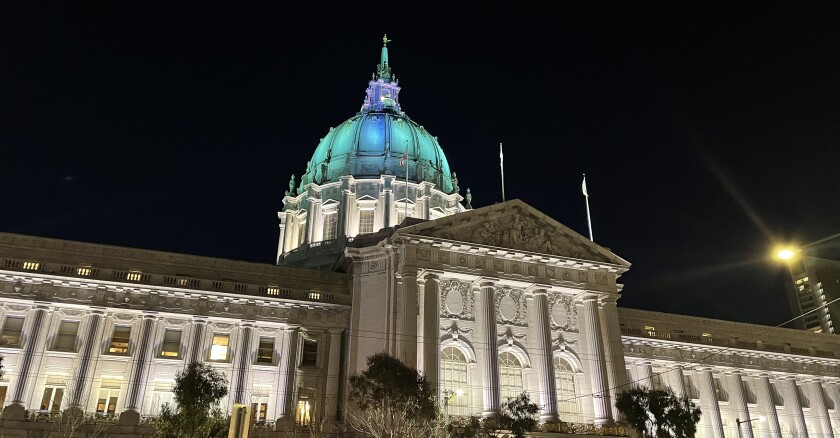Nearly five years after the COVID-19 pandemic began, downtowns still look very different than they used to. According to Moody’s, a record-breaking 20 percent of office space is still sitting empty. Vacant buildings are causing a drop in commercial real estate values, lowering the tax revenue that funds city services. Although some companies and public officials have urged a return to in-person work, cities are not going back to the way they were in 2019.
And they shouldn’t. Rather than looking back, let’s look forward: reimagining vibrant, inclusive downtowns that attract more residents and visitors and adapt to new ways of working, living and building community.
American cities have faced serious challenges before. After World War II, suburban sprawl and white flight led to a decline in city residents. Urban renewal policies, redlining, and highway expansion created isolated neighborhoods of concentrated poverty, racial segregation and disinvestment. In recent decades, new economic revitalization strategies and new preferences for walkable, vibrant communities have brought people and jobs back to urban cores. But without sufficient and affordable housing supply, that return has also led to gentrification, skyrocketing housing prices and the displacement of some longtime residents.
As we reimagine downtowns in a post-pandemic world, we can learn from this history. We can design thriving places where people of all incomes have access to opportunity, with vitality and equity as our metrics for success.
Instead of just measuring traditional office vacancy rates, perhaps we can consider how effectively our real estate is being used for today’s priorities. For example, are offices being transformed into hubs for team projects, creativity and convening, and not just being used for desk work? Can more office buildings be converted for residential use? Are downtown amenities accessible by multiple modes of transit? Are we building pedestrian-friendly downtowns and developing third spaces, public gathering areas that can strengthen connection and community? And are these places accessible and affordable to all?
These kinds of vibrant, creative communities will be places where people want to live and work, with mixed-use, mixed-income spaces that allow them to engage with one another across every kind of difference.
In many cities, an increase in weekend visitors demonstrates the draw and potential use of downtowns for more than just office space. In Washington, D.C., public transportation weekday ridership is lower compared with pre-pandemic levels, but weekend ridership in 2024 slightly exceeded 2017 and 2018 levels. And in Philadelphia, the total volume of pedestrians downtown is still lower post-pandemic, but volume on the weekends is back to 2019 levels.
Cities will need to generate more of their revenue from a different mix of activities and sources, including retail, entertainment, arts and culture, education, and parks. Milwaukee’s vision for downtown, for example, focuses on improving connections through enhanced transit options and inclusive gathering spaces. Denver hopes to draw residents downtown through walkable pedestrian spaces, festivals, and pop-up retailers.
The way we work and live has changed fundamentally. Rather than looking to office workers to return to revive downtowns, city leaders should leverage this opportunity to reimagine, reinvent and look ahead — building healthy cities that enrich the lives of all residents.
Sarah Rosen Wartell is the president of the Urban Institute.








